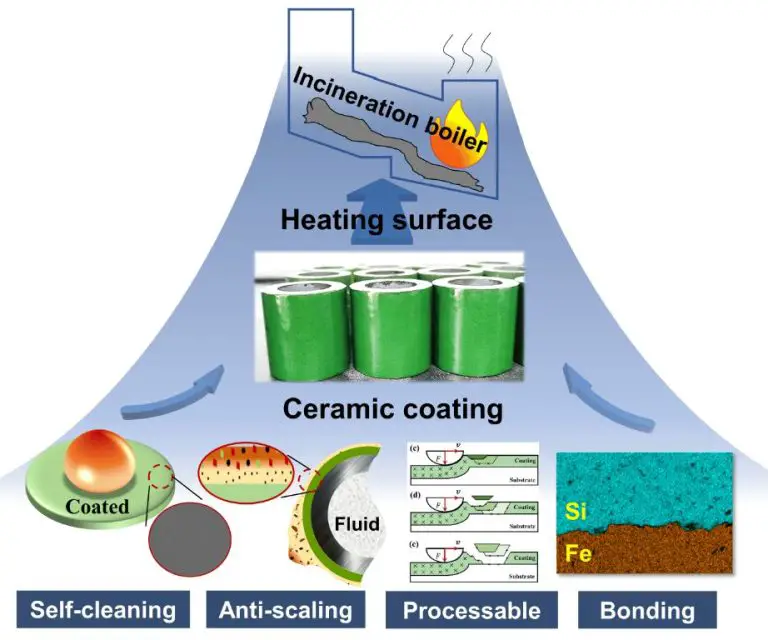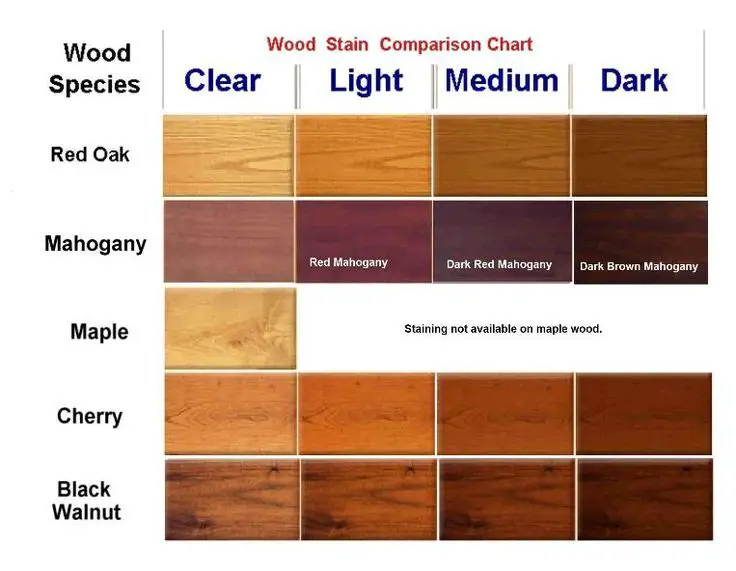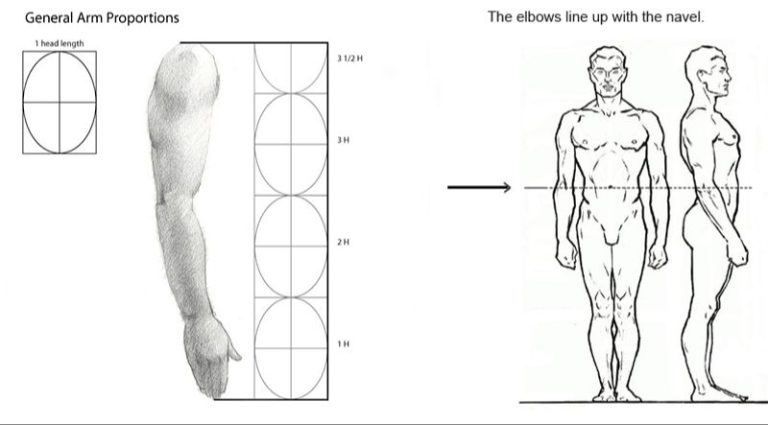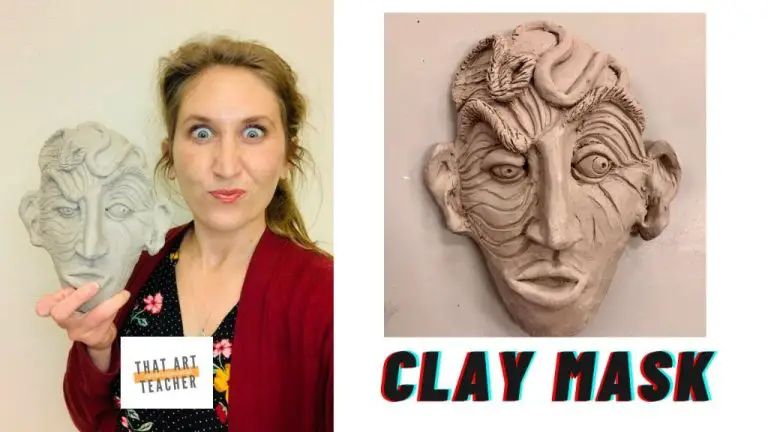How Do You Make Regular Clear Coat Matte?
Clear coat is a transparent, protective layer that goes over the basecoat color of a car’s paint job. It provides a deep glossy finish and protects the underlying paint from damage caused by UV rays, road debris, environmental contaminants, and minor scratches. Clear coat comes in two main finishes – gloss and matte.
Glossy clear coat has a shiny, reflective surface that accentuates the color and depth of the paint. Matte clear coat has a flat, non-reflective finish that mutes the paint color beneath it. While glossy clear coat is the standard, matte finishes have become a popular styling trend, providing a unique, understated look.
This article will explain how to transform regular glossy clear coat into a matte finish. By adding a matting or flattening agent to gloss clear coat, you can achieve the soft matte look that’s currently in high demand for custom automotive paint jobs.
Materials Needed
The main materials you’ll need are:
- Clear coat spray (automotive grade) – This provides the protective clear coat layer. Use a high quality automotive clear coat designed for spray application. According to Spies Hecker, their Permasolid clear coat works well with matte additives (https://www.axalta.com/content/dam/NA/HQ/Public/SpiesHecker/Documents/tds-eng/SH-TDS-8092-Eng.pdf).
- Matte clear coat spray or matte additive – This is mixed with the clear coat to create the matte finish. Options include a dedicated matte clear coat spray or an additive like Spies Hecker’s Permasolid Matte Clear Coat Additive 8092 (https://mproducts.axaltacs.com/mcat/us/en/sh/product/8092.html;jsessionid=DD31AD444EE60A2FBAAC5C414DBF282A). The additive allows you to control the level of matting depending on how much you use.
You may also need materials for prep work like sandpaper, solvent, rags, masks, etc. These will be covered in the next section.
Prep Work
Properly prepping the surface before spraying matte clear coat is crucial for achieving an even, smooth finish. First, clean and dry the surface thoroughly to remove any dirt, oils, or other contaminants. It’s recommended to use a degreasing agent like wax and grease remover to eliminate any residues (source). Allow the surface to dry completely.
Next, mask and cover any adjacent areas you don’t want to get overspray on using painter’s tape and plastic sheeting. It’s also a good idea to remove any trim pieces, mirrors, lights etc. if possible.
Finally, inspect the surface and sand if needed to remove any imperfections or texture. Start with a coarse 400-600 grit sandpaper for heavy sanding, then finish with a fine 800-1000 grit. Be sure to wipe away all dust before applying the clear coat (source).
Test First
It is crucial to test the matte clear coat on a small, inconspicuous area first before applying it to the entire vehicle. This allows you to check for proper adhesion and confirm you achieve the desired matte effect.
Find an area on the vehicle that is out of sight, like the inside of the gas tank door or underside of the trunk lid. Thoroughly clean and prep a section about 6 x 6 inches. Apply 2-3 light coats of matte clear coat following the manufacturer’s instructions, allowing proper flash time between coats.
After 24 hours, inspect the test area to ensure the clear coat has bonded well and uniformly flattened to a matte finish. Check adhesion by trying to peel or scratch off the coating with your fingernail. If satisfied with the results, you can now proceed to spray the rest of the vehicle. If not, re-clean the test spot and try a different brand or type of matte clear coat until you achieve the right look.
Always test first, as matte clear coat results can vary across different base coat paints and brands. Testing prevents wasting product and having to strip off botched matte finishes. For best results, stick with a high quality matte clear recommended for automotive use. See this guide on properly testing paint.
Spraying the Matte Clear Coat
When spraying the matte clear coat, it’s important to follow the instructions for properly mixing the coating if using an additive to create the matte effect. Light, even coats should be sprayed, allowing for the proper dry time between coats as specified by the manufacturer. Typically, matte clear coats require a longer dry time between coats than traditional gloss clear coats.
Take care to avoid runs, sags, or drips when spraying. It’s recommended to spray several light coats versus one heavy coat. Overspraying can lead to an uneven finish. Proper spray gun technique is important, keeping the gun at the right distance and using the appropriate air pressure settings.
According to Sinnek Academy, “Make sure the matte finish looks right before starting to dry the part. Moreover, booth drying will provide a glossier finish than air drying.” (https://academy.sinnek.com/en/matte-clear-coat-9-tips-for-mastering-its-application/)
Additional Tips
Some additional tips to keep in mind when spraying matte clear coat:
[cite 1]Spray in a clean, dust-free environment.[/cite] This is important to prevent dust and other particles from getting trapped in the finish. It’s best to spray matte clear coat in a spray booth or well-ventilated workspace. Make sure the area is thoroughly cleaned and free of any debris that could blow around while spraying.
[cite 1]Maintain proper spray distance.[/cite] Follow the manufacturer’s recommendations for ideal spray distance, usually 8-10 inches away. Holding the spray gun too close can result in an uneven, blotchy finish. Spraying too far away can make the finish too thin and compromise protection.
[cite 1]Allow for full curing time.[/cite] Matte clear coats require longer drying times than gloss finishes, often 24-48 hours before being polished or put into service. Rushing the curing process can ruin the finish, so be patient.
Achieving Different Finishes
You can achieve a range of gloss levels from satin/low gloss to flat matte depending on the type and number of clear coats you apply. According to this source, satin paint has a shinier, silkier finish with 25%-35% gloss while matte paint has a flatter, non-reflective finish.
To get a satin or low gloss finish, apply 2-3 coats of a clear coat formulated for low gloss. The more coats you apply, the lower the gloss level will be. For a truly flat matte finish, use a matting additive or matte clear coat product. Adding a matting agent to regular clear coat or using a dedicated flat or matte clear coat allows you to achieve a 0%-10% gloss finish for a smooth flat look, according to discussions on this forum.
Experiment with different additives and coat combinations on test panels to dial in the exact gloss level you want before applying it to your project.
Caring for Matte Finish
Caring for a matte finish requires some special considerations compared to a traditional glossy clear coat. According to PPG’s guide on matte finishes, you should use gentle washing techniques and avoid abrasives when cleaning a matte painted surface [1]. Only use cleaning products specifically designed for matte finishes, as regular car wash soaps can alter the look of the paint.
It’s also important to touch up any paint chips or flaws sooner than you would on a normal glossy paint job. Scratches and imperfections stand out more on a matte finish, so addressing them quickly will help maintain the original appearance. Reapplying a fresh coat of matte clear coat every couple years can also help preserve the finish against wear.
Common Issues
There are a few common issues that can occur when applying a matte clear coat:
Blotchiness/Inconsistency
Matte clear coats can sometimes dry inconsistently, leading to blotchy or uneven finishes. This is often caused by applying the clear coat too heavily or not allowing sufficient drying time between coats. Applying lighter coats and allowing more drying time can help prevent blotchiness.
Poor Adhesion
Matte clear coats require a properly prepared, clean surface for good adhesion. Any oils, dirt, or other contaminants left on the surface can cause the matte clear to peel or flake off. Be sure to thoroughly clean and lightly scuff the surface before applying the clear coat according to the manufacturer’s directions.
Glossy Spots
If the matte clear coat is applied too thinly in certain areas, glossy spots may appear where the basecoat below peeks through. This can be avoided by applying the matte clear in multiple, even coats per the manufacturer’s recommended method.
Dulled Effect Over Time
Matte finishes are more susceptible to losing their effect over time compared to gloss finishes. Exposure to sunlight, weathering, and normal wear can cause the matted effect to become shinier over time. Applying a fresh coat of matte clear periodically can help maintain the original flat finish.
Conclusion
Making a regular clear coat into a matte finish is a simple yet effective way to creatively transform the look of your paint job. By adding matte additive to clear coat and spraying light, even coats, you can achieve a smooth, non-reflective matte finish.
The key steps are prepping the surface properly, testing ratios on spare pieces, and applying thin passes for optimal results. Taking the time to experiment with different mixtures allows you to control the level of matte, from subtle low sheen to a dramatic flat finish.
Matte paint has many advantages over high-gloss. It hides imperfections well, offers a stylish modern look, and is more resistant to visible swirls and scratches. By converting gloss to matte, you can give a new life to old paint jobs or customize the appearance of your auto, motorcycle, or other surfaces.
Learning this simple technique opens up new creative possibilities to transform finishes. With a little practice, you can achieve stunning matte paint effects to stand out from the crowd.






